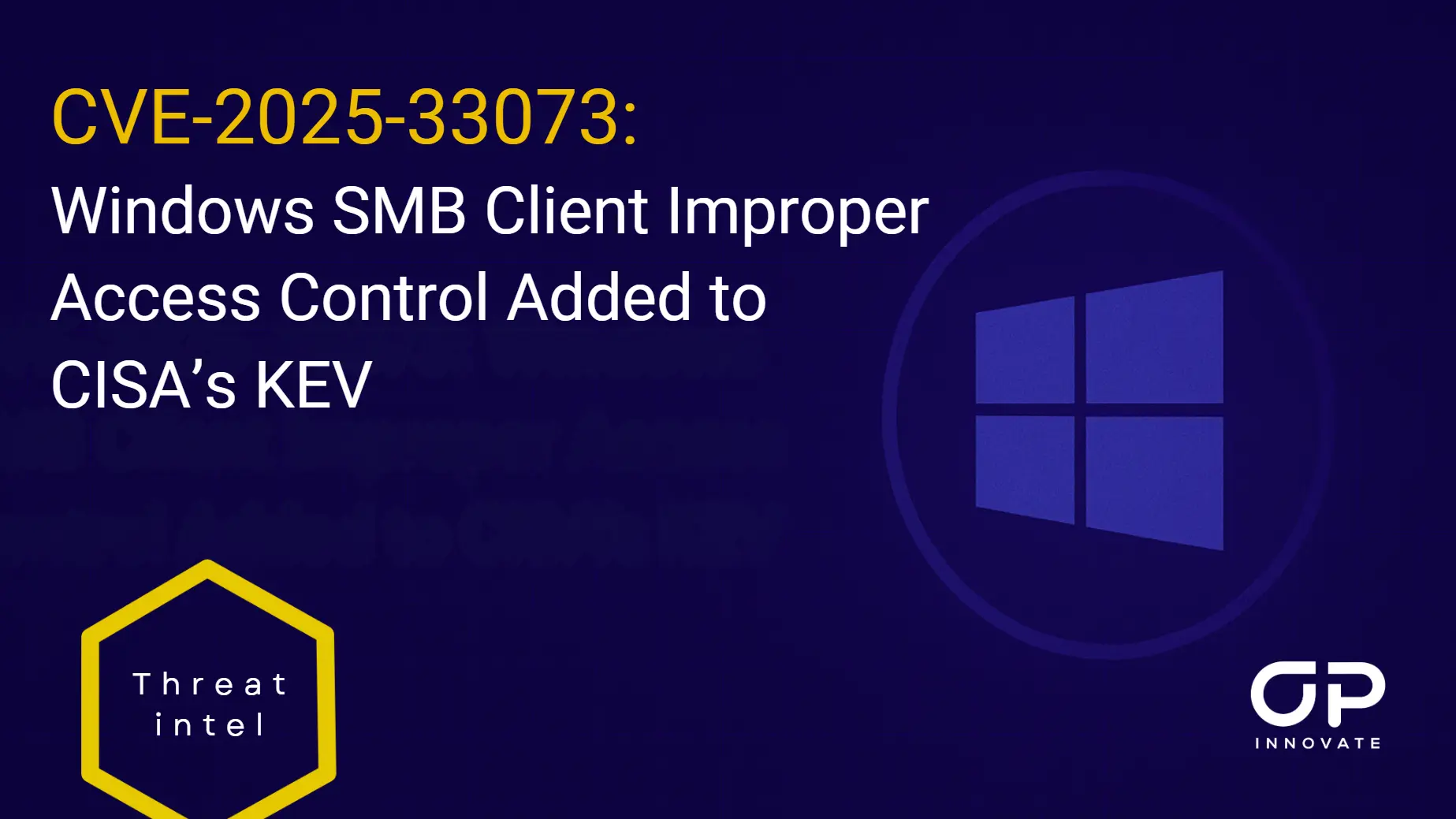According to Verizon’s 2024 Data Breach Investigation Report, nearly 40% of cybersecurity incidents result from web application vulnerabilities. Businesses relying on these applications for everyday operations must implement robust security measures to ensure their app stack is resilient to threats and capable of maintaining uninterrupted service.
Attack surface management (ASM) and penetration testing are two essential measures for web app security. While each of these methods is powerful on its own, their true potential is realized when used together. That’s exactly what our WASP platform offers.
By seamlessly integrating continuous penetration testing with comprehensive ASM, WASP enables application security professionals to constantly test, discover, assess, and manage their internal and external exposures.
Understanding Attack Surface Management (ASM)
Attack Surface Management (ASM) is a proactive approach to cybersecurity that involves continuously monitoring and assessing an organization’s digital footprint. The “attack surface” refers to all the possible points where an unauthorized user (the attacker) can try to enter or extract data from an environment.
ASM aims to identify, map, and manage these entry points to reduce the overall exposure to potential threats. By providing a comprehensive and dynamic view of all the assets that could be exploited by cybercriminals, ASM enables organizations to address vulnerabilities before they can be leveraged in an attack.
The Role of Penetration Testing
Penetration testing, or pen testing, is a cybersecurity practice where security experts simulate a real-world attack to identify weaknesses and vulnerabilities. Pen testers use the same techniques and tools as hackers, helping organizations understand how an attacker could infiltrate their systems and the methods they might use.
The findings from a penetration test will allow the organization to identify security gaps and address them before malicious actors can exploit them. Since web applications get regular updates, it’s important to conduct continous penetration testing to ensure new vulnerabilities are promptly identified and remediated.
The Limitations of Using ASM or Penetration Testing Alone
The cybersecurity threat landscape is at a critical point. There are thousands of well-organized and funded cybercriminal gangs looking for their next victim each day, while governments are also using cyber warfare and espionage to further their agendas. While powerful, neither ASM nor penetration testing can single handedly address all the complexities and nuances of these threats.
- ASM is excellent at identifying known vulnerabilities and misconfigurations across an organization’s digital footprint. However, it may not detect more sophisticated or complex vulnerabilities that require deeper inspection or a nuanced understanding of how different components interact within the application environment.
- Penetration testing requires significant time, effort, and expertise. It is a manual, labor-intensive process that can strain resources, especially if conducted frequently enough to keep up with the dynamic nature of modern application environments. Due to its resource-intensive nature, penetration testing may not cover the entire attack surface comprehensively. Certain areas or systems might be overlooked, leaving potential vulnerabilities unaddressed.
The Equifax data breach, which exposed personal information of approximately 147 million people, is a prime example of the limitations of using a point-in-time security approach. The vulnerability in the Apache Struts framework was not promptly identified and patched, despite being a known issue. This highlights the need for continuous monitoring (ASM) alongside regular penetration testing to ensure vulnerabilities are addressed in real-time.
The Power of Combining ASM and Penetration Testing
A comprehensive security strategy that integrates both ASM and penetration testing is essential to provide the continuous monitoring, real-world attack simulation, and proactive risk management needed to stay ahead of today’s sophisticated adversaries.
How ASM complements Penetration Testing
Continuous monitoring feeding into targeted testing
ASM offers continuous visibility into an organization’s attack surface, identifying potential vulnerabilities and exposures in real-time. This constant stream of data allows penetration testers to focus their efforts on the most critical and current vulnerabilities, ensuring that their testing is both timely and relevant.
Enhanced context for vulnerability assessment
ASM provides a comprehensive view of the organization’s digital footprint, including the context of how assets are interconnected and their relative importance. This contextual information helps penetration testers understand the potential impact of each vulnerability, leading to more effective and prioritized remediation efforts.
How Penetration Testing Enhances ASM
Real-world attack simulation to validate ASM findings
Penetration testing simulates actual cyber-attacks, validating the vulnerabilities identified by ASM. This real-world testing ensures that identified risks are not only theoretical but can indeed be exploited, providing a more accurate assessment of the threat landscape.
Identifying deeper, more complex vulnerabilities
While ASM excels at identifying surface-level exposures, penetration testing can uncover more complex and hidden vulnerabilities that automated tools might miss. This deeper level of analysis helps in identifying security weaknesses that could lead to significant breaches if left unaddressed.
Get the Best of Both Worlds With WASP
In 2019, OP Innovate launched the Web Application Security Platform (WASP) to help application security professionals identify, understand, and remediate threats and vulnerabilities.
WASP is tailored specifically for application security, combines continuous penetration testing with attack surface management (ASM) to deliver a comprehensive and proactive approach to safeguarding web applications. This dual functionality ensures that potential vulnerabilities are identified swiftly and that the entire attack surface is continuously monitored, allowing for immediate remediation and enhanced security posture.
Key features and functionalities include:
- Detailed analysis of findings, categorized by severity with clear remediation steps
- Seamlessly integrate vulnerability data into your development team’s workflow to swiftly address threats
- Expert support from our WASP security team to help you fully utilize the platform and thoroughly understand security findings
Experience the benefits of WASP and take back control of your application security. Get in touch now to get started: https://op-c.net/contact/









